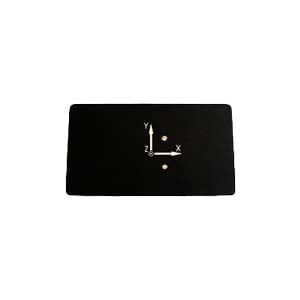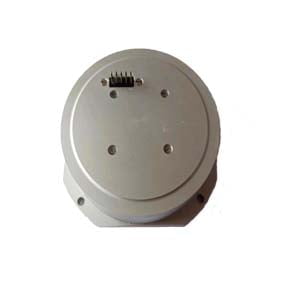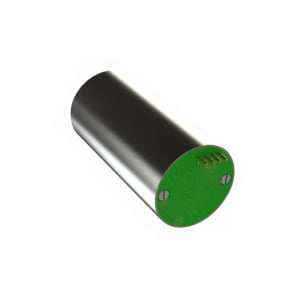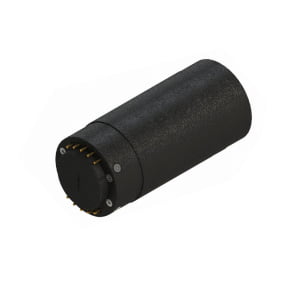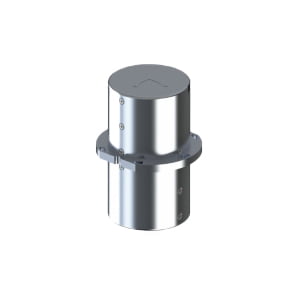Fiber-optic gyroscope uses two beams from the laser to be injected into the same optical fiber, but in opposite directions, the beam resisting rotation experiences a slightly shorter path delay than the other beam due to the Sagnac effect.The resulting differential phase shift is measured by interferometry, thereby converting a component of the angular velocity into a photometric offset of the interference pattern.
The beam splitting optical device sends light from the laser diode into two waves that travel clockwise and counterclockwise through a coil made up of multi-turn fibers.The strength of the Sagnac effect depends on the effective area of the closed optical path: this is not simply the geometric area of the loop, but is enhanced by the number of turns in the coil.Fiber optic gyroscopes were first proposed by Vali and Shorthill in 1976.Passive interferometer type of fiber-optic gyro and the concept of renewal, passive ring resonator fiber-optic gyro is being developed by many companies and institutions worldwide.
More Technical Questions
1. Do You Know Fiber Optic Gyroscope and Its Typical Applications?
2. Specifications and Features of Fiber Optic Gyroscopes
3. Application of Fiber Optic Gyroscope
4. Principle and Application of Fiber Optic Gyroscope
5. Application of Fiber Optic Gyroscope North Finder
6. Do You Know Fiber Optic Gyroscope and Its Typical Applications?
Products in Article
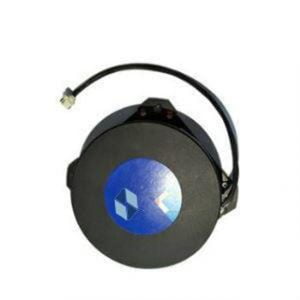
Economical FOG Gyroscope
